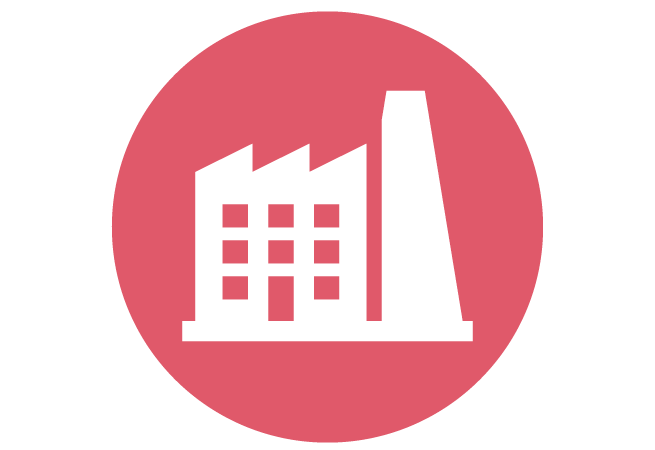Commercial property outlook

Industrial real estate
Industrial real estate markets continue to experience strong demand, with warehousing and fulfillment ranking as the top investment and development prospects once again this year and inventories remaining extremely limited across Canada. According to Colliers, the national availability rate was 2.3% in the second quarter of 2021, with strong absorption, low vacancy rates and upward pressure on rents.
The rapid growth of e-commerce is driving the market to new heights, and trends more typically associated with other asset classes are increasingly becoming factors on the industrial side. Like residential properties, for example, the industrial market is seeing more bidding wars. There’s also significant crossover and blurring of lines between this asset class and the retail market amid the rising focus on industrial locations closer to the end customer to facilitate last-mile delivery of e-commerce goods.
A tight market and high prices are leading some organizations to explore ways to adapt their strategies. In British Columbia, for example, some potential tenants are looking at the numbers and deciding low interest rates make it more attractive to buy industrial property rather than leasing space for their business.
There’s also a rising interest in vertical or multilevel industrial spaces. While vertical space can be expensive and involve some complexities, such as the need for enough clearance for the movement of trucks, the market should expect to see more of this given the demand for and costs of industrial real estate.

Office
Despite the national Class A downtown vacancy rate rising to 12.6% in the second quarter of 2021 from 12% at the start of the year, Canada still has some of the tightest office markets in North America, according to CBRE. But there’s still plenty of uncertainty, even as tenants continue to pay their rent.
As more employers look at returning to the office, some are taking the opportunity to upgrade their spaces. This flight to quality is happening as organizations look to attract workers back to the office amid a growing war for talent that’s seeing some employees willing to leave their jobs in search of more flexibility and hybrid work arrangements.
While these trends will have implications for offices, there are many reasons for employers to maintain a physical presence. For example, our 2021 global culture survey revealed that 48% of Canadian respondents feel it has been more difficult to maintain a sense of community with their colleagues during the pandemic.
To respond to some of these challenges, tenants are reconfiguring their offices to create spaces, like huddle areas, to incorporate more room for collaboration and team meetings. While overall space requirements may stay the same, configurations will change to foster a more collaborative dynamic.

Retail
The ongoing economic recovery, pent-up demand and high household savings bode well for consumer spending and retail activity.
But our recent studies of Canadian consumer shopping trends found that many consumer behaviours that became entrenched during lockdowns, notably the shift to buying goods via digital channels and increased shopping at discount retailers, are persisting. So what impact will changing behaviours have on real estate?
As retail landlords look to adapt in response to these changes, the focus is shifting towards ways they can bring value to retailers, such as sharing data and offering more diverse experiences, shared services and a better retail mix to tenants and their customers. Some retail landlords are accelerating efforts to evolve their properties by seeking zoning changes to incorporate other uses into the mix—such as condominiums in place of parking lots—which also serves to provide more foot traffic for retailers.
The trend of shifting footprints to include fulfillment and last-mile capacity continues. One interviewee cited the rising use of the term “e-warehousing” to describe the current evolution of retail real estate to accommodate e-commerce fulfillment. “Retail is evolving. If you want a deal done, don’t call it retail. Call it e-warehousing,” said the interviewee.
Contact us


















